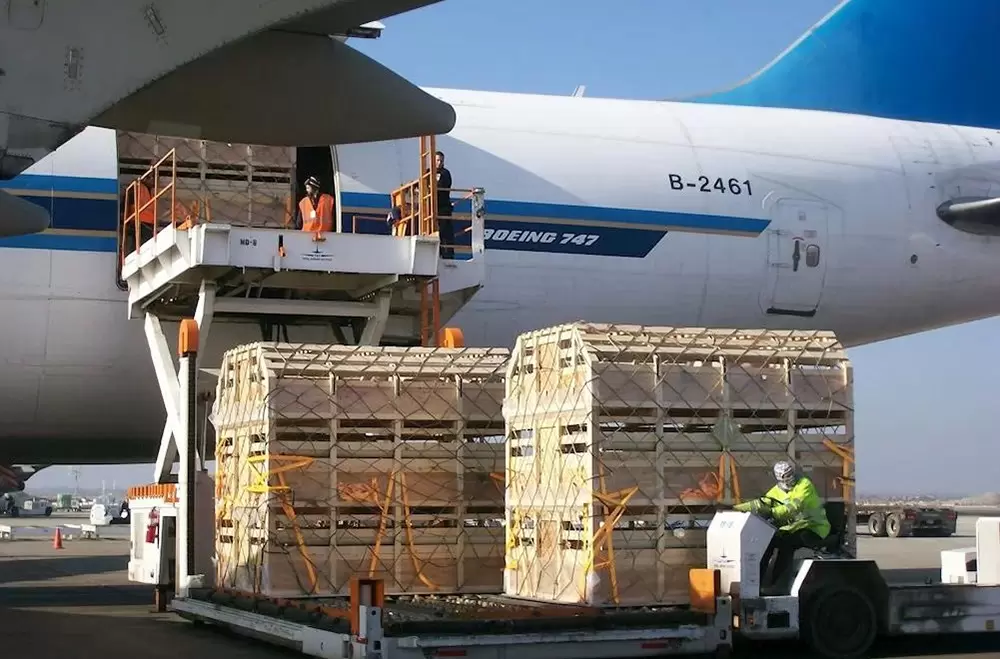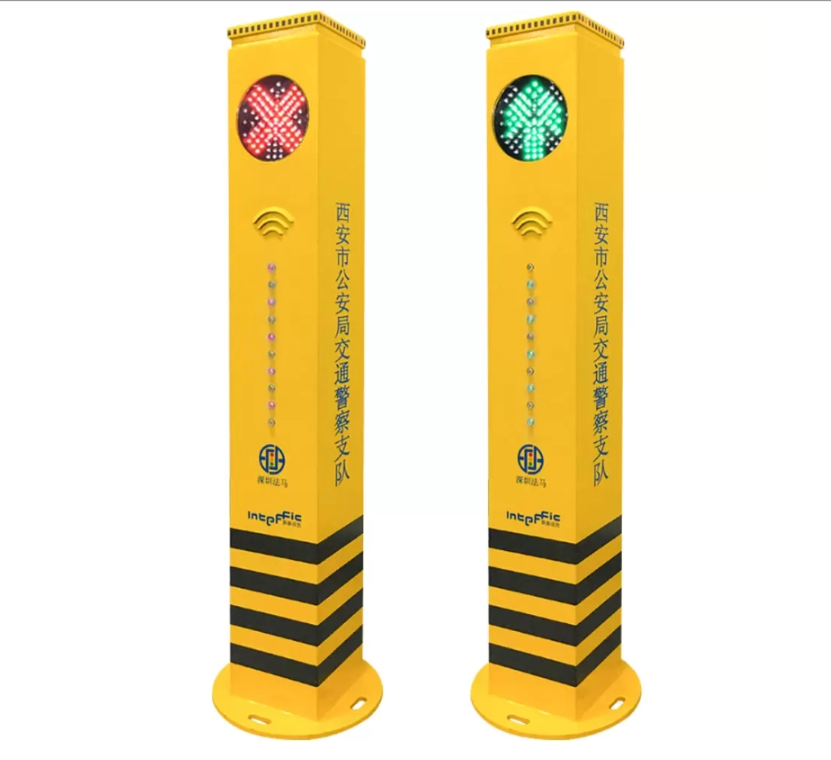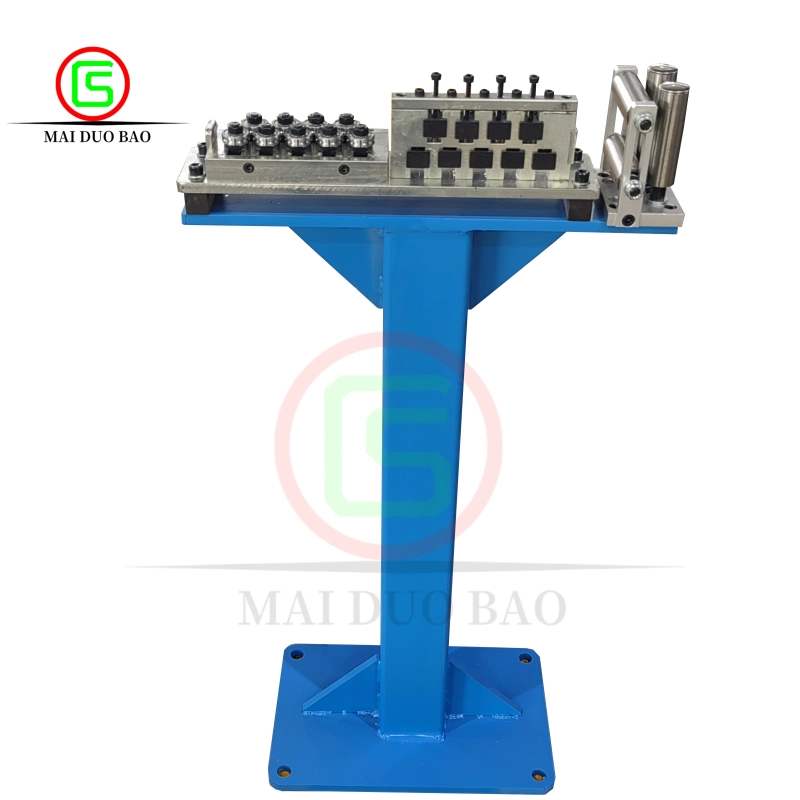In the fast-paced world of logistics, the transportation of perishable items poses unique challenges that require specialized solutions. As global trade continues to expand, the demand for efficient and reliable air transport options for perishable goods has never been higher. This post delves into the various air transport methods available, assessing their suitability for perishable items while considering factors such as speed, temperature control, and cost-effectiveness.
Understanding Perishable Goods
Perishable items, including fresh produce, dairy products, seafood, and pharmaceuticals, have a limited shelf life and require specific handling to maintain their quality. The degradation of these items can occur rapidly due to temperature fluctuations, exposure to air, and prolonged transit times. Therefore, selecting the right air transport method is crucial for preserving the integrity of these goods.
Air Transport Options for Perishable Items
- Dedicated Cargo Flights
Dedicated cargo flights are specifically designed for transporting goods, including perishables. These flights often feature advanced temperature-controlled environments, ensuring that items remain within the required temperature range throughout the journey. The advantage of dedicated cargo flights lies in their ability to prioritize the handling of sensitive goods, minimizing transit times and reducing the risk of spoilage. - Commercial Passenger Flights
Many airlines offer cargo services in the belly holds of passenger flights. This method can be cost-effective, especially for smaller shipments. However, the temperature control capabilities may vary, and the handling of perishables is not always prioritized. While this option can be suitable for certain items, it is essential to assess the airline's reputation for handling perishables and the specific conditions of the flight. - Express Courier Services
For urgent shipments, express courier services provide a viable option for transporting perishable goods. Companies like FedEx and DHL have specialized divisions that focus on temperature-sensitive items. These services often include real-time tracking and guaranteed delivery times, ensuring that perishables reach their destination quickly and safely. However, the cost of express services can be significantly higher than other methods, which may not be feasible for all businesses.
Key Considerations for Choosing Air Transport
When determining the best air transport method for perishable items, several factors must be taken into account:
- Temperature Control: The ability to maintain a consistent temperature throughout the transport process is paramount. Look for carriers that offer specialized containers and monitoring systems to ensure compliance with temperature requirements.
- Transit Time: The speed of delivery is critical for perishable goods. Evaluate the average transit times for each transport option and choose one that aligns with the urgency of your shipment.
- Handling Procedures: Investigate the carrier's handling procedures for perishables. Proper training and protocols can significantly reduce the risk of damage or spoilage during transit.
- Cost-Effectiveness: While speed and reliability are essential, it is also important to consider the overall cost. Analyze the pricing structures of different carriers and weigh them against the potential losses from spoilage.
Conclusion
In conclusion, the transportation of perishable items via air requires careful consideration of various factors, including temperature control, transit time, handling procedures, and cost. Dedicated cargo flights and express courier services often emerge as the best options for ensuring the integrity of perishable goods during transit. However, businesses must assess their specific needs and budget constraints to make an informed decision. By choosing the right air transport method, companies can enhance their supply chain efficiency and maintain the quality of their perishable products, ultimately leading to greater customer satisfaction and reduced waste.





